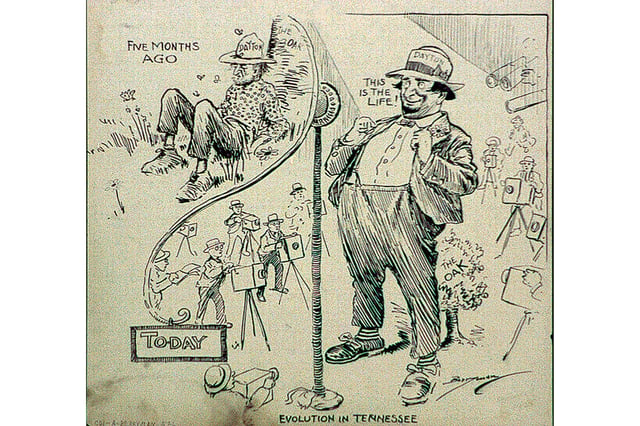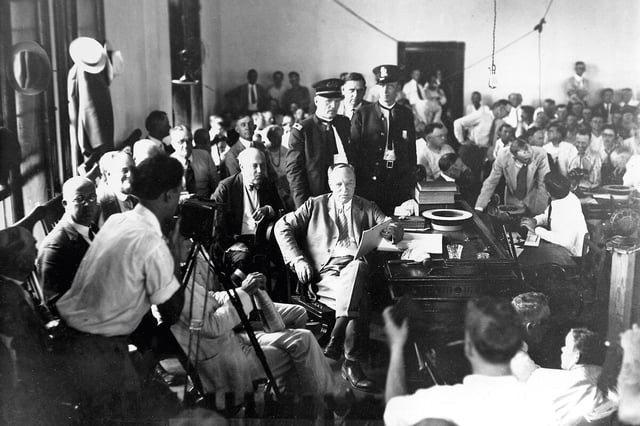Overview
- On the approach to July 10, journalists are publishing retrospectives on how the 1925 trial shaped national discourse and media norms.
- H.L. Mencken coined “Bible Belt” and “monkey trial” while mocking Dayton residents as “hillbillies,” reinforcing urban-rural stereotypes.
- Dayton leaders deliberately used the trial to draw attention to their declining coal town and the black lung crisis affecting miners.
- William Jennings Bryan’s prosecution focused on the moral implications of evolution, framing it as governed by a “law of hate” rather than biblical “law of love.”
- Commentators warn that the trial’s sensational coverage set a lasting precedent for polarized ideological battles and widespread mistrust of the press.


